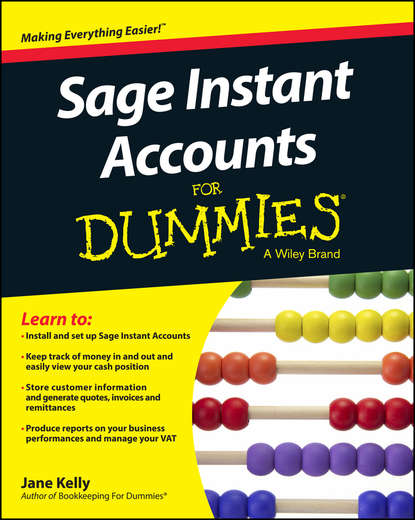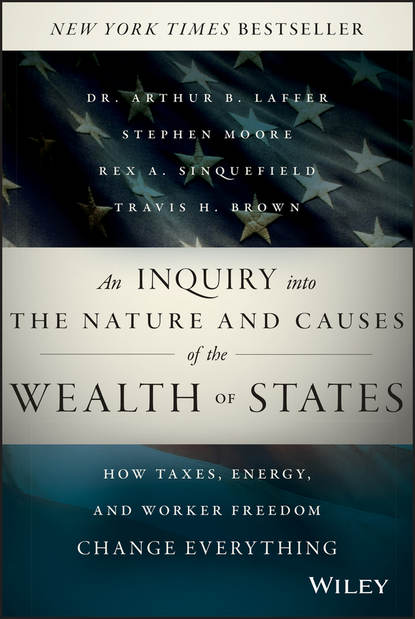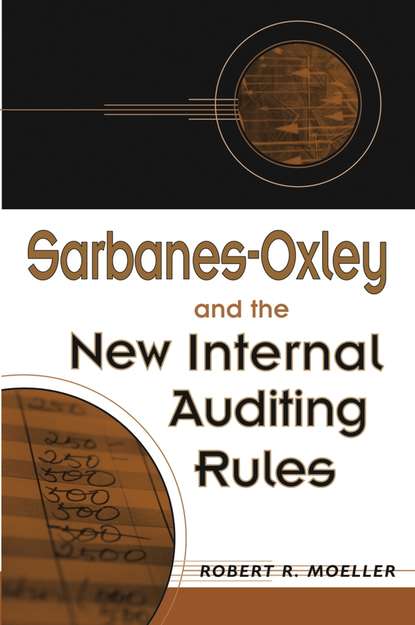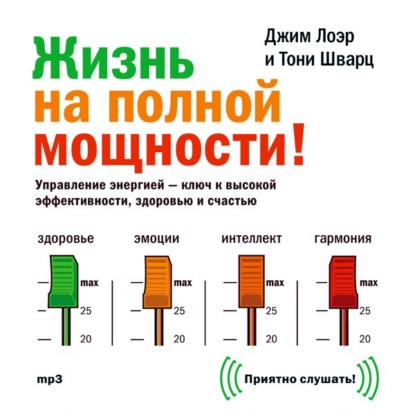Обширное произведение "Унифицированный финансовый анализ" Уильяма Браммерца идеально подходит к текущему финансовому кризису, где невозможно переоценить важность лучшей и более эффективной организации финансового контроля. В работе показано, что технически нет необходимости в большем, а нужно в более эффективной и организованной информации. Название подтверждает, что можно получить полный набор финансовой информации, чтобы проанализировать различные аспекты, выходящие за рамки классического управления рисками и доходностью или прибылью, охватывающие все категории рисков, основанные на локальном GAAP, ИФРС, фьючерсном маржеринге etc и т.д. Динамический анализ, основанный на концепции долгосрочного функционирования компании, отражает современные представления в банках о динамическом анализе, отличается от статического анализа, основанном на ликвидации компании. Традиционная парадигма, основанная на отсутствии арбитражных операций, расширяется в данном исследовании с учетом реального поведения рынка, необходимого для финансового анализа и управления в современных реалиях. "Unified Financial Analisys" адресовано не только финансовым и экономистам, но и тем, кто хочет развить свои знания о финансовом рынке.
Электронная Книга «Unified Financial Analysis» написана автором Willi Brammertz в году.
Минимальный возраст читателя: 0
Язык: Английский
ISBN: 9780470745304
Описание книги от Willi Brammertz
Unified Financial Analysis arrives at the right time, in the midst of the current financial crisis where the call for better and more efficient financial control cannot be overstated. The book argues that from a technical perspective, there is no need for more, but for better and more efficiently organized information. The title demonstrates that it is possible with a single but well organized set of information and algorithms to derive all types of financial analysis. This reaches far beyond classical risk and return or profitability management, spanning all risk categories, all valuation techniques (local GAAP, IFRS, full mark-to-market and so on) and static, historic and dynamic analysis, just to name the most important dimensions. The dedication of a complete section to dynamic analysis, which is based on a going concern view, is unique, contrasting with the static, liquidation-based view prevalent today in banks. The commonly applied arbitrage-free paradigm, which is too narrow, is expanded to real world market models. The title starts with a brief history of the evolution of financial analysis to create the current industry structure, with the organisation of many banks following a strict silo structure, and finishes with suggestions for the way forward from the current financial turmoil. Throughout the book, the authors advocate the adoption of a 'unified financial language' that could also be the basis for a new regulatory approach. They argue that such a language is indispensable, if the next regulatory wave – which is surely to come – should not end in an expensive regulatory chaos. Unified Financial Analysis will be of value to CEOs and CFOs in banking and insurance, risk and asset and liability managers, regulators and compliance officers, students of Finance or Economics, or anyone with a stake in the finance industry.



















